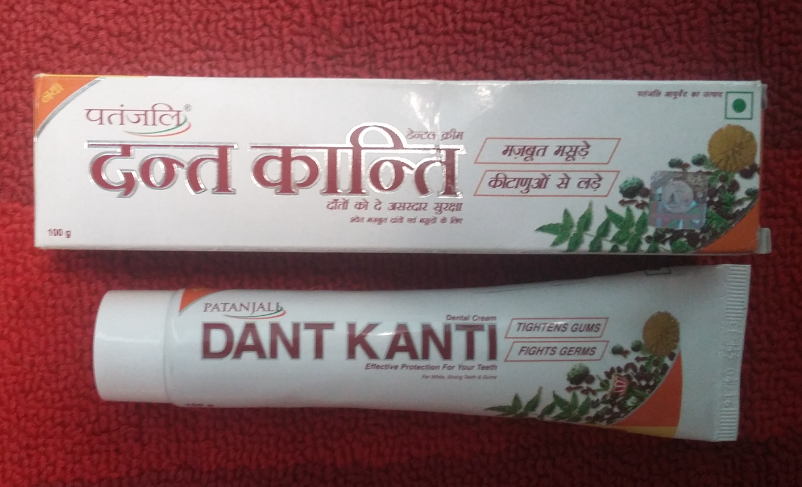The major issue languages are facing is globalization. Due to increased interaction between cultures, the “big” languages are becoming more and more prominent. Even though there are around 7,000 languages currently being spoken, around 85 languages are spoken by the majority of world’s population. Around half of the current languages will most likely go extinct within the next century. Furthermore, when different tribes mix, they adopt features of culture and language from the other groups. This can lead to a loss in the original language. Many languages only have a few fluent speakers left and these are often elderly people. This can hinder the preservation of a language, especially if they are losing their ability to hear or speak clearly. Many smaller languages also have no writing system, but are solely oral in nature. This can lead to great challenges in preserving the respective language. In addition to this, small groups oftentimes face oppression and pressures from the outside to learn a different language rather than their own indigenous tongue. One of these examples are former boarding schools for native American people that aimed at getting rid of traditions and the culture.
Linguists are making an effort in preserving language through spreading awareness of the crisis languages are facing. Studying different languages and recording fluent speakers can help to preserve the language for a long time because these materials can be made available to everyone and especially to the people and their ancestors. Furthermore, linguists are working with indigenous people to build online dictionaries in order to find people globally that are interested in learning the language or about the language. This can help to prevent languages from going extinct, however, it is not very likely to completely revive a language after it has gone extinct just with the current strategies in place.
It is very important for linguists to preserve language because of the vast knowledge that is relayed through language. Different people have a different knowledge of the world around them, the environment, and the living species. Therefore, it is important to preserve different languages and learn about the way they see the world. However, differences in gestures and words can make it hard for linguists to correctly interpret languages other than their own.

